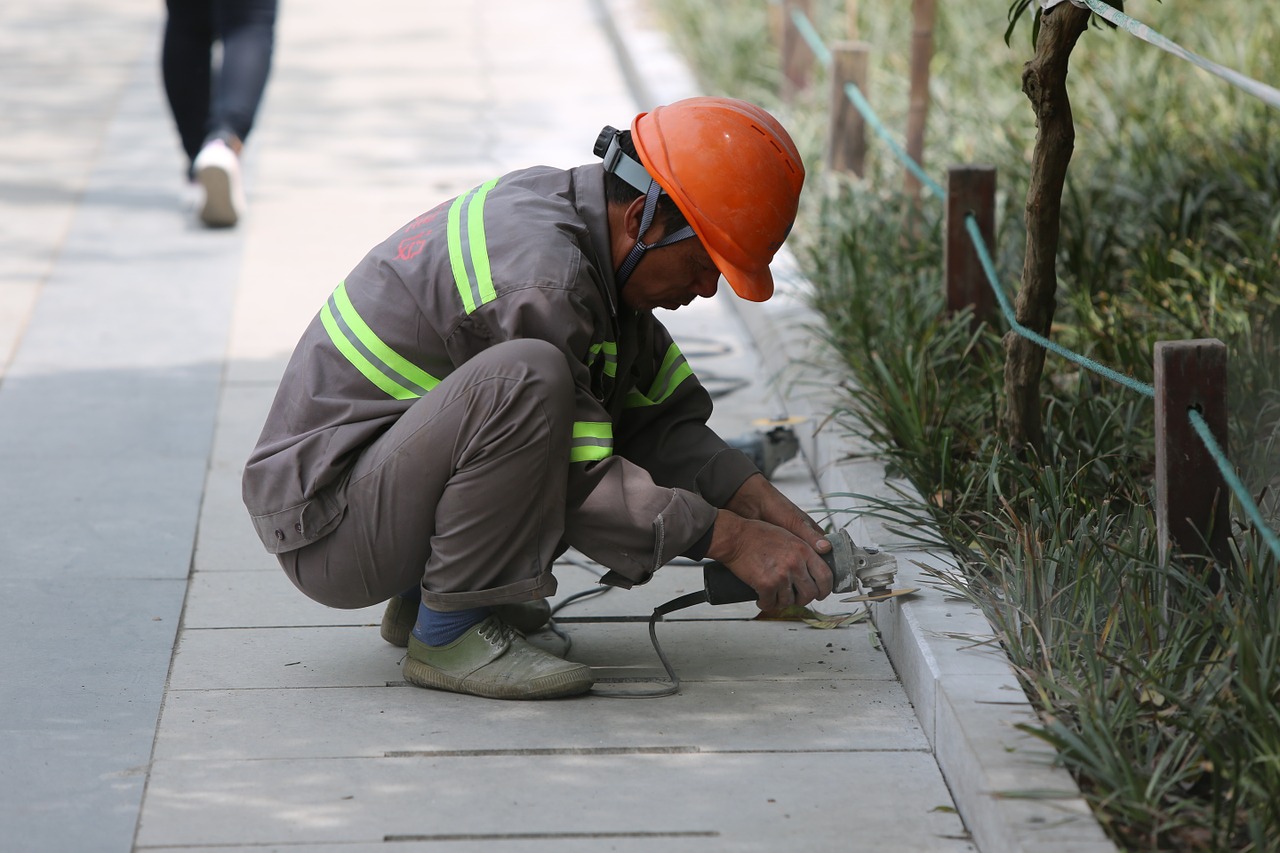The initial wave of COVID-19 in Singapore came in the form of dormitory clusters, bringing the number of cases up to the thousands daily in its peak. More than 300,000 migrant workers living in dormitories went under lockdown since April. The infectious spread travelled fast and wide, with signs of slowing down only in August.
Workers had to live in fear of catching the virus. Some of them spoke up about their experience in the dorms during quarantine, such as Pugal, who caught the virus in a dorm and had to be moved in an isolation ward. Now, as the cases dwindle and migrant workers shift their focus to employability after the lockdown has been lifted, their worries are not dashed. Instead, they remain, perhaps even more amplified due to fear of a loss of income.
There seems to be a spike in the number of migrant worker suicides in the recent weeks, following reports of unnatural deaths. Questions on the conditions of the workers’ mental health ensued, along with concerns on how the government is handling it.
In May, a 27-year-old migrant worker hailing from Bangladesh was found motionless at a dormitory in Kranji. A few weeks before that, a 46-year-old Indian national died from his injuries after lying motionless at a staircase landing at Khoo Teck Puat Hospital. On July 24, a 37-year-old Indian worker was found dead at 512 Old Chua Chu Kang Road. His case is still being investigated. Amidst the official reports, there have been videos circulating on social media, showing some workers standing dangerously close to the edges of rooftops and high ledges.
One particular video posted around July 22 showed a worker on the edge of a ledge at PPT Lodge 1B dormitory in Seletar. MOM has addressed this particular case in a Facebook post and mentioned that the worker had bought a flight ticket home on his own accord, but it was not approved. A dispute occurred as he did not discuss with his employer his attention to return home, causing him to react in such a drastic manner.
On August 2, another worker harmed himself by slitting his throat. He was found on lying in his blood on a stairwell in his dormitory at Sungei Kadut. He has since been brought to the hospital and is now in a stable condition.
The recent incidents have highlighted how the confinement has severely hit the mental health of these workers. Stuck in prolonged confinement, along with uncertainties surrounding their health and jobs, have affected the state of many migrant workers’ mental health.
In an interview with CNA, Mr Justin Paul, non-profit organisation HealthServe’s mental health programme manager, mentioned that there have been more cases of workers either attempting to harm themselves or having such thoughts due to the stressful situation. More workers have been utilising their mental health services, with 71 workers reaching out to HealthServe in April. The organisation saw 244 workers in June, and 207 in July. HealthServe has received about 750 queries from workers so far in total.
The situation escalated and worsened right after the circuit breaker ended, as many of the workers were hoping to go back to work after being isolated for two months. When they realised they couldn’t, their stress accumulated and started to manifest in several ways.
Help from NGOs and employers are available for foreign workers. The COVID-19 Migrant Support Coalition has been providing goods like coffee, tea and shavers to the workers since the circuit breaker, with more than a million of these provisions distributed. The volunteers have also been providing social support, such as programmes to befriend workers and cutting their hair.
Employers like Ms Calsia Lee, director of interior design firm Collective Designs, have provided moral support through calling their workers at least once a week and sending them cakes occasionally. Workers are also included in a Whatsapp chat group to reach out anytime.
MOM has been attempting to ease some of the migrant worker’s worries through keeping them updated on COVID-19 news via daily messages, and materials in their languages to promote mental health and well-being. The articles are educational and help them identify symptoms of distress, encourage them to look out for each other, and provide outlets for them to reach out for help. Moving forward, MOM has also allowed time-scheduled breaks for foreign workers to leave their rooms and access common areas.




























